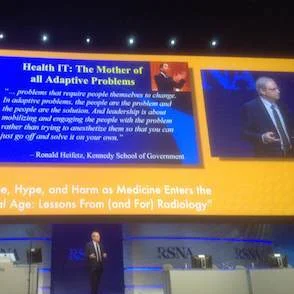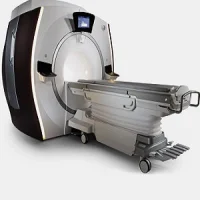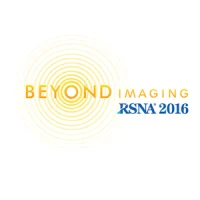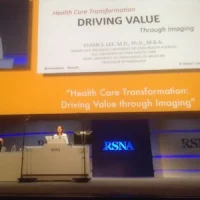Digital doctor, Robert Wachter, MD, professor and interim chair of the Department of Medicine at the University of California, San Francisco, explored healthcare IT for a year before writing his acclaimed book The digital doctor: hope, hype and harm at the dawn of medicine’s computer age, a synthesis of where we are in the digital journey. Prompted by phone technology, he thought that the same functionality held in a small phone would come into medicine and effect a similar transformation. Patient safety was also a driver, both to improve on manual processes and also looking at errors that were only possible with healthcare it. Wachter gave a keynote lecture at the annual scientific meeting of the Radiological Society of North America (RSNA) in Chicago last week.
The biggest transformation in healthcare is not the digital revolution, it’s value, said Wachter. In the USA the other huge change is the rapid implementation of electronic health records (EHRs). In 2016 already over 90% of hospitals have implemented EHRs, with funding from federal incentives. In this short time, healthcare has gone from primarily a paper industry to primarily an electronic industry.
See Also: Zoom On Robert Wachter, MD
The confluence of megatrends makes the current day interesting, when value and digitisation meet. Wachter observed that the pressure to deliver high value care is the dominant issue today, but in 10 years time digitisation will be the bigger deal.
One thing he found was that the tendency in healthcare is to digitise paper processes. Medicine is probably the last major industry to digitise, said Wachter. Humans are not creative enough to anticipate technology until they are living with this technology. For example, radiology rounds ended around 6 months after PACS came in, but people did not anticipate it. The digitisation of radiology was the canary in the coal mine, said Wachter, warning the rest of medicine what was in store and dangers ahead. The digitisation of the thing (in this case the film) creates the opportunity for infinite distribution (at no cost).
The social relationships and communication patterns that previously depended on gathering around the thing [film] will wither - witness the end of radiology rounds.
The power relationships mediated by who controls the thing will be renegotiated in a way that few anticipated, eg teleradiology, the question then is whether a radiologist is needed to read the exam? So what happens when the thing in question isn’t the film, it’s the medical record. Wachter showed a photo of the residents' room at his hospital, where they were all on their computers but not on the ward. "We were there when the family or nurse wanted to speak to us, and we have not thought through how we bring that back", he observed. It is a mistake to treat healthcare IT developments as technical change, when it is an adaptive change, added Wachter.
Healthcare IT Journey
Wachter outlined four stages of healthcare IT, to illustrate how early on medicine is in this journey - partly through 2 is his assessment.1. Digitising the medical record
2. Connecting the parts
a enterprise system to enterprise system
b third party apps to enterprise system
c patient-facing systems to enterprise systems, and to one another
3. Gleaning meaningful insights from the data
4. Converting these insights into action that improves value
What Should Radiology do?
Wachter advised radiologists to recognise the end of their monopoly, to be aware of the risks of commoditisation and replacement by cheaper alternatives, such as teleradiology or specialists reading their own studies. Radiologists need to show value, both in interpersonal relationships and through evidence that high quality reading/ services lead to better outcomes and better, safer care for patients. Radiologists should re-imagine their work - what would the system look like if you could start fresh with current or future technical tools? The risk of digital replacement is real, but will not come soon, said Wachter. Radiology has lessons for other fields that are later to digitisation. “Thank you from the rest of us”, concluded Wachter. “You’re not alone, just early.“Claire Pillar
Editorial director, HealthManagement
Latest Articles
digitisation, radiology, medicine, RSNA2016
Digital doctor, Robert Wachter, MD, professor and interim chair of the Department of Medicine at the University of California, San Francisco, explored healthcare IT for a year before writing his acclaimed book “The digital doctor: hope, hype and harm at t










